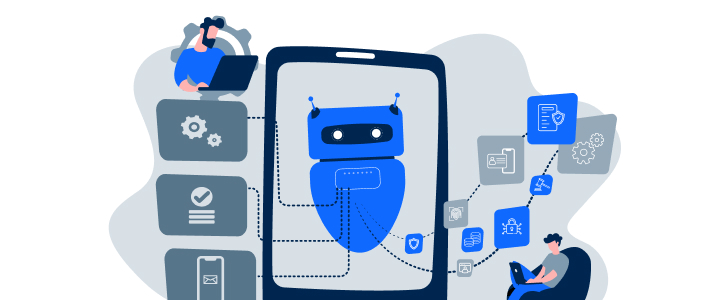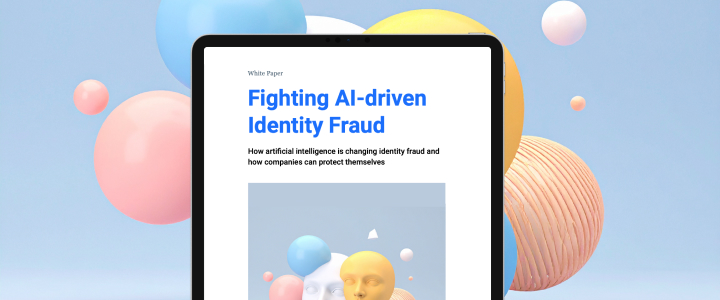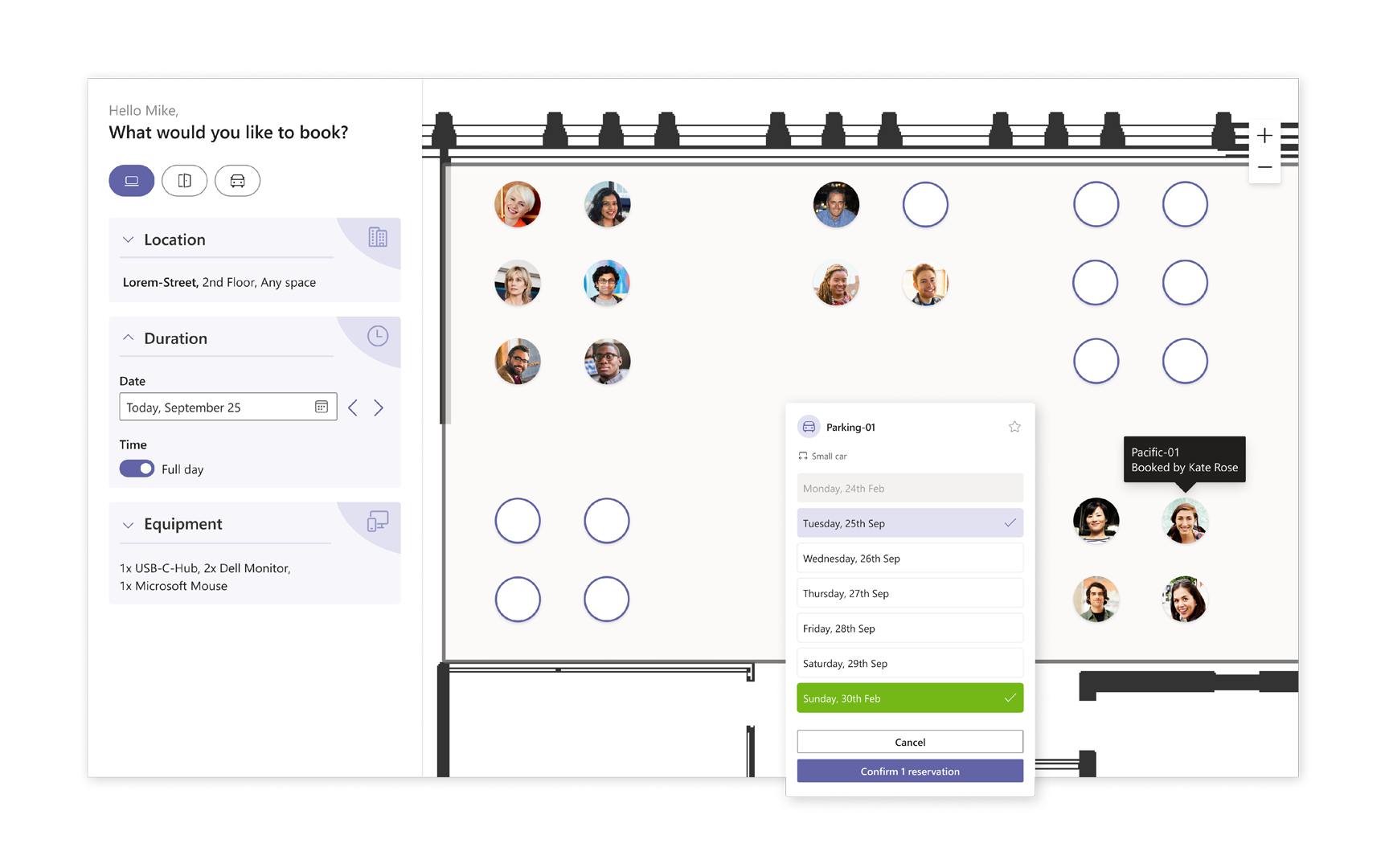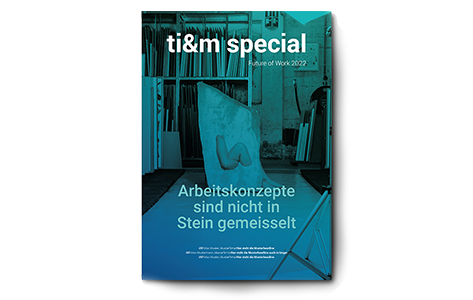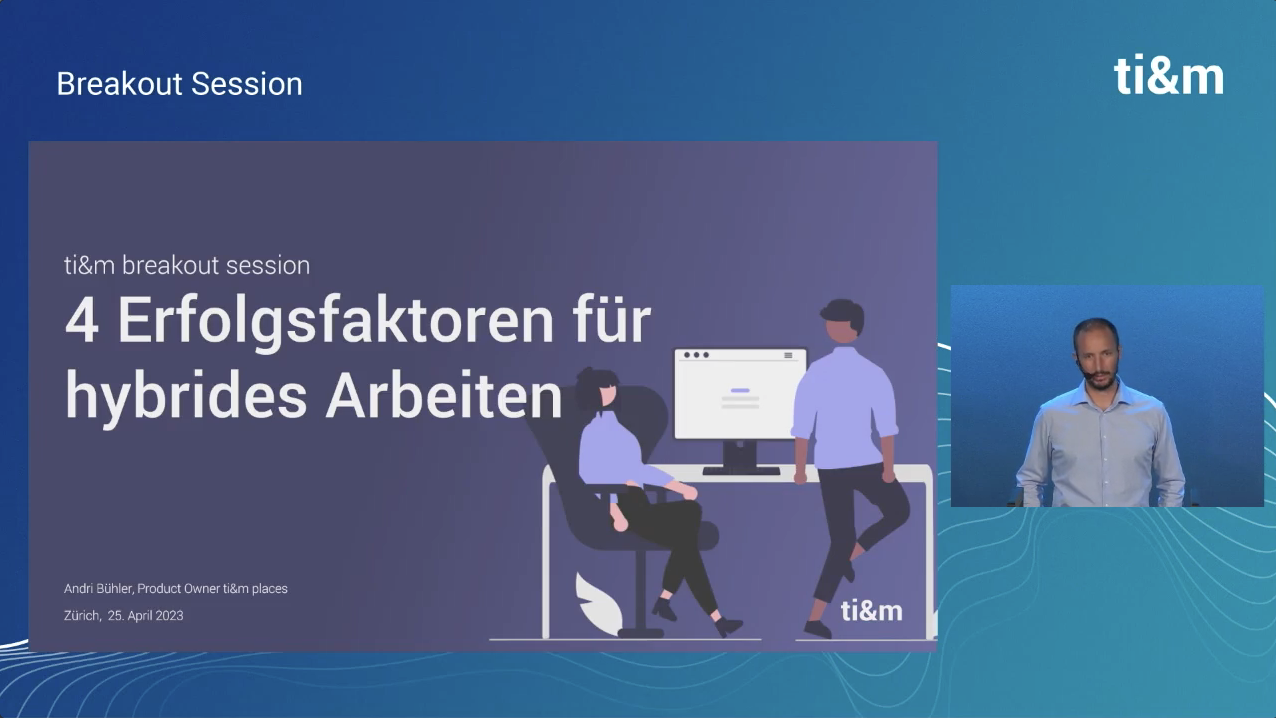Maximizing collaboration and productivity: The value of Teams Apps for hybrid work
Hybrid work // In the rapidly evolving landscape of hybrid work, communication and collaboration are essential. Beyond its well-known standard features like chats, video meetings and calls, Microsoft Teams has more to offer. Teams has emerged as a leading platform, offering a comprehensive suite of tools seamlessly integrated with Microsoft 365 applications. This integration makes it the preferred hub for collaboration in the modern workplace.
In today's fast-paced digital landscape, where employees are inundated with a multitude of apps, the need for efficient communication and collaboration tools is more critical than ever. Research shows that the average employee juggles around 13 apps, resulting in approximately 30 switches per day. To alleviate this burden and foster a more streamlined workflow, organizations can harness the power of Microsoft Teams Apps.
Navigating the hybrid workplace
Despite the benefits of remote work flexibility, organizations face challenges in striking a balance between remote work and in-person collaboration. According to recent surveys, 73% of employees desire flexible remote options, while 67% seek more in-person collaboration post-pandemic. This hybrid paradox underscores the importance of adaptable tools like Microsoft Teams, which enable organizations to meet the diverse needs of their workforce. One of the standout features of MS Teams is its accessibility across various devices, ensuring that employees can collaborate from anywhere, whether they're working remotely or in-office. This flexibility not only fosters productivity but also promotes work-life balance, contributing to the success of hybrid work models.
Teams Apps: Enhancing hybrid work
Another key driver for hybrid work in Microsoft Teams is its robust marketplace. Microsoft AppSource and Teams Store offer a wide range of connectors for industry-specific solutions, analytics, task management, project management, and customer relationships. A large collection of third-party apps enables organizations to streamline workflows and optimize productivity in hybrid work environments.
Microsoft Teams apps simplify every aspect of hybrid work experience. Users can schedule virtual coffee breaks with CoffeePals, share action items on Trello boards in a Microsoft Teams channel, and book desks, meeting rooms, and more in a hybrid workplace with ti&m places. Apps like these give users easy access to a vast universe of possible extensions, turning their default communication app into their favorite productivity tool.
Optimizing collaboration with Microsoft Teams apps
Microsoft Teams Apps offer a distinct advantage over traditional web apps by providing a unified platform for communication, collaboration, and productivity. Unlike ordinary web apps that operate in isolation, Teams Apps seamlessly integrate within the Microsoft 365 ecosystem, consolidating essential tools and functionalities into one single interface. This integration enhances efficiency, reduces context switching, and empowers users to focus on meaningful work rather than navigating disparate applications.
Conclusion: Teams apps are shaping the hybrid workspace future
By embracing the power of Teams Apps, businesses can enhance collaboration, drive innovation, and thrive amidst the evolving demands of the new era of work. Furthermore, Teams Apps facilitate real-time collaboration among team members, enabling seamless document sharing, co-authoring, and communication within the MS Teams environment. By centralizing collaboration tools and resources, Teams Apps foster teamwork, creativity, employee engagement and innovation, driving organizational success in the digital era.

